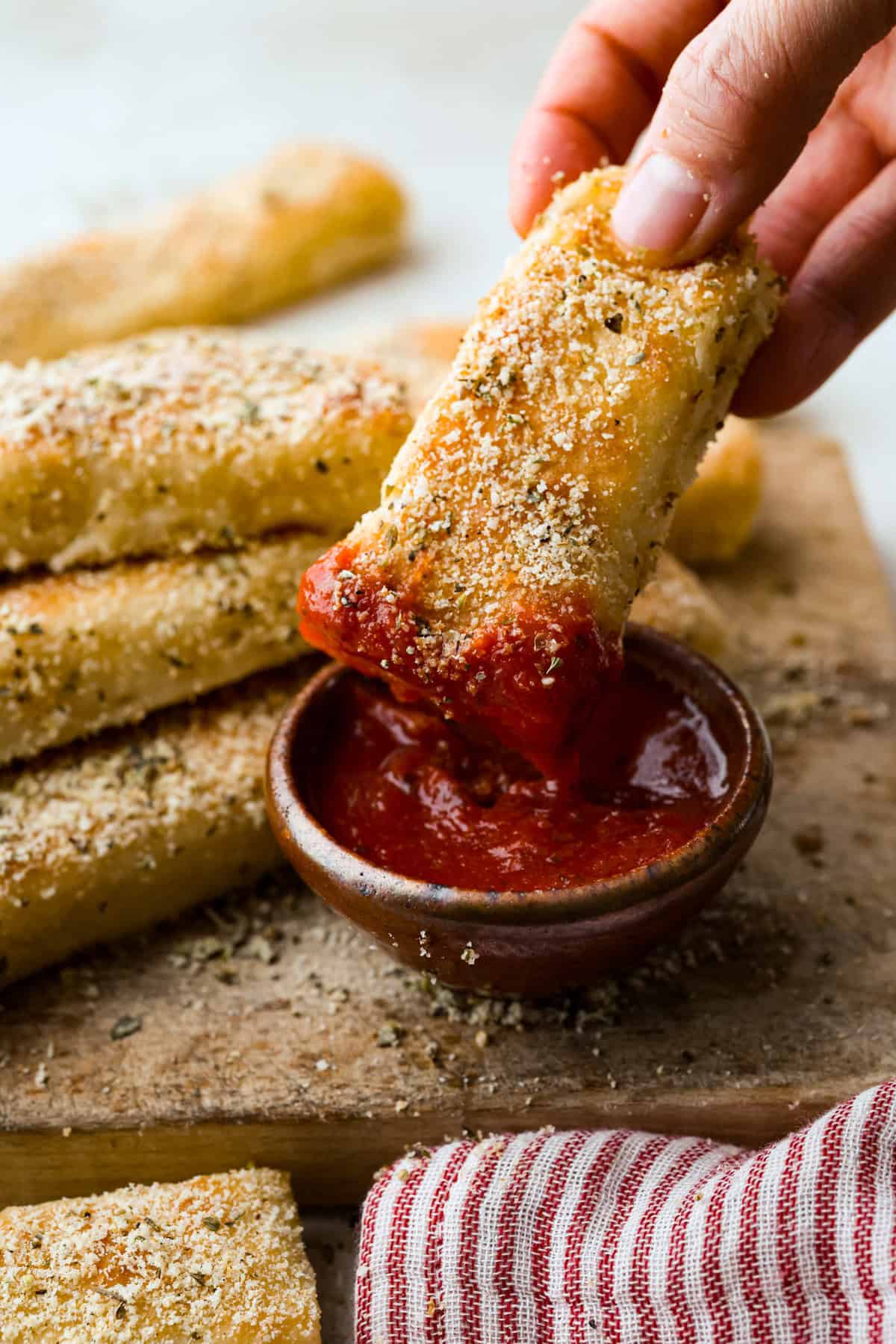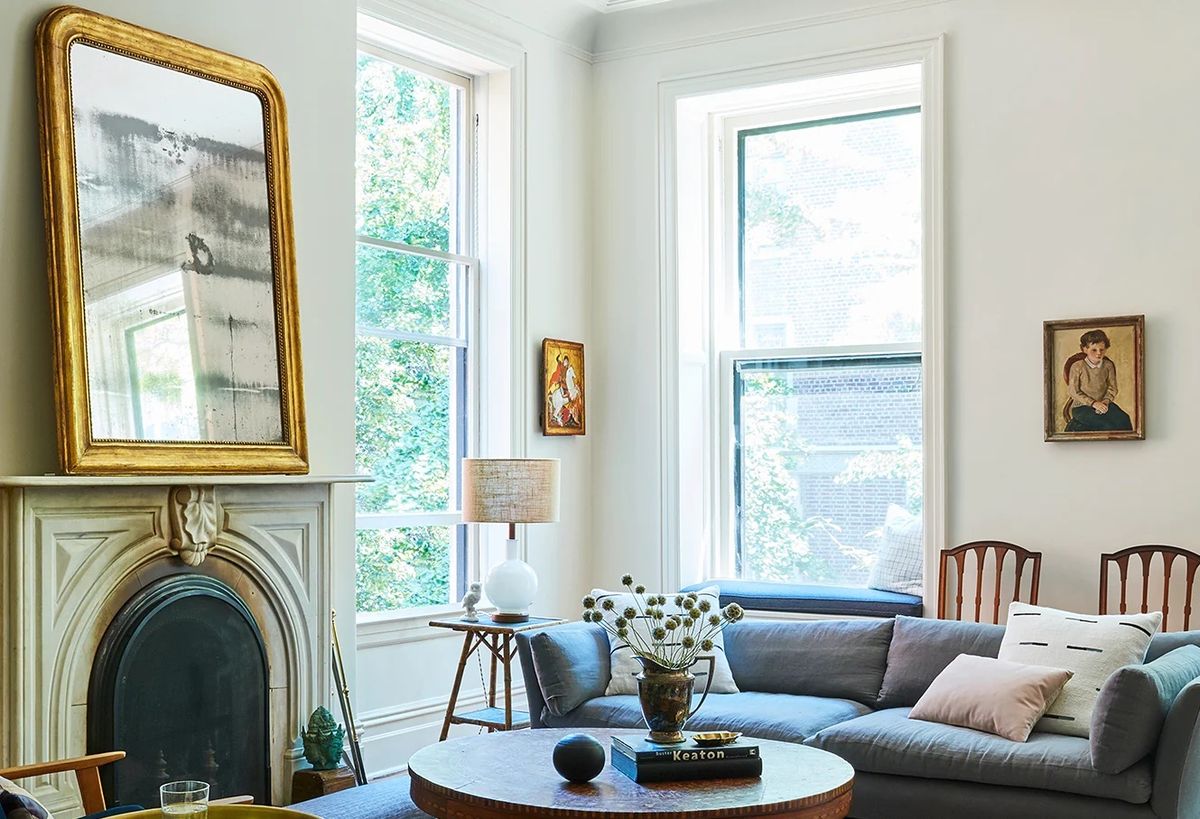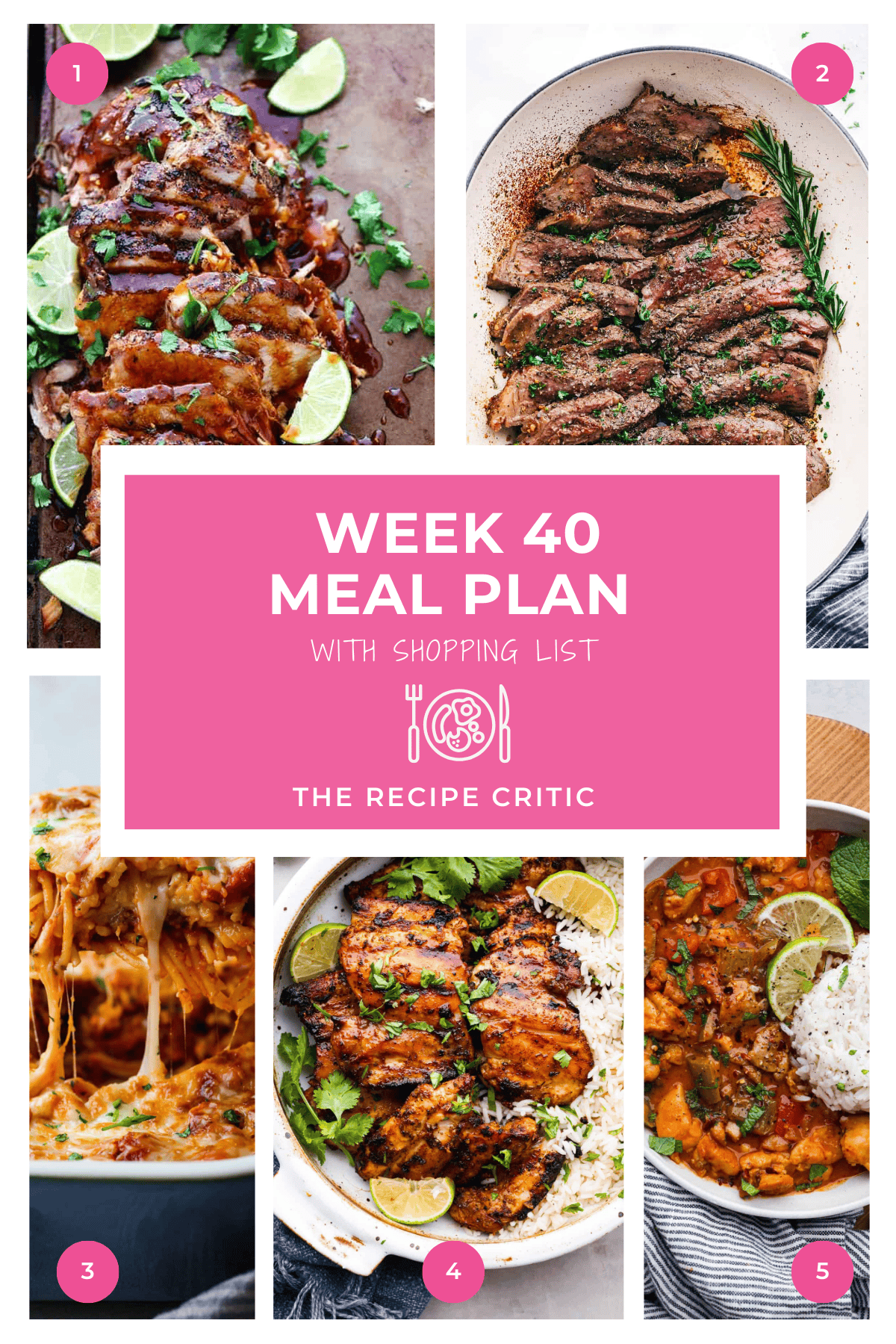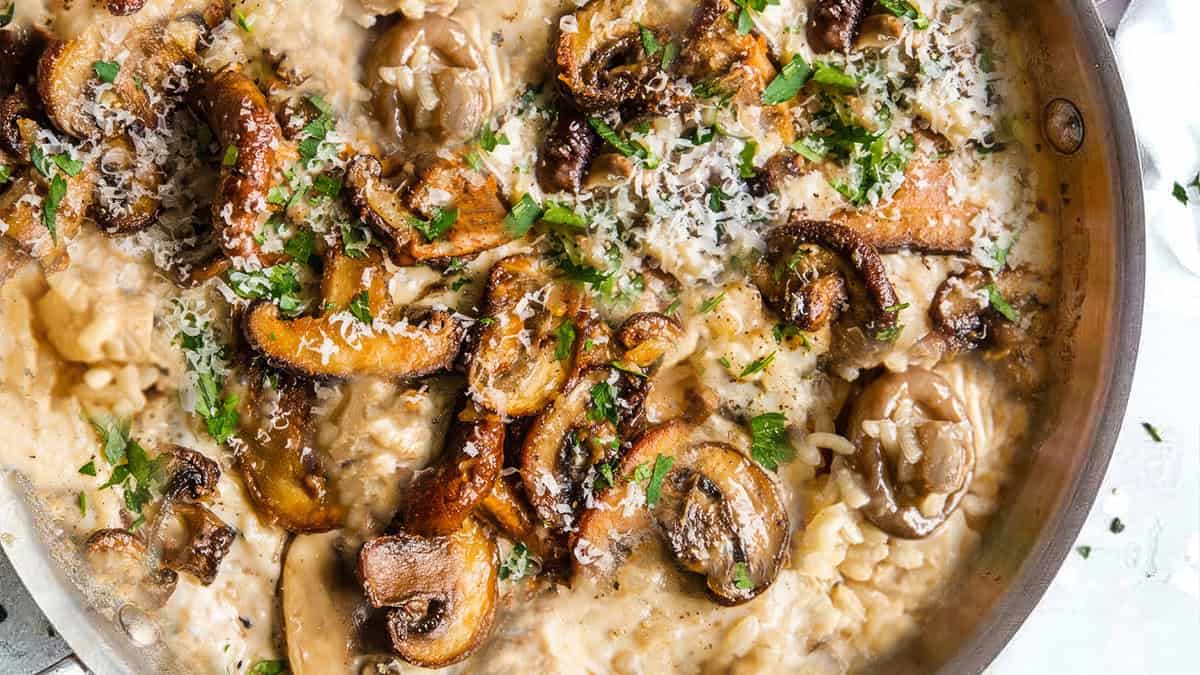Welcome to Hotline Rewind, the weekly series where we gather up your questions from the week (and pepper in some from the Hotline archives) about a specific topic. We have had a ton of people write in, asking what is the Hotline’s recommended method of brewing coffee. If you’re looking to brush up your knowledge on all things brewing, roasting, and storing, check out our FAQ below:
How much caffeine is in decaf?
Great question! A lot of people don’t realize that, in the same way most NA beers aren’t entirely devoid of alcohol, decaf coffee always has a bit of caffeine. The amount varies widely depending on the beans and process used to decaffeinate them. However, a typical decaf will remove about 97% of a coffee’s caffeine. So an 8oz cup will have roughly 2 to 17mg of caffeine compared to the average 95mg in a cup of regular coffee.
How can I make cold brew at home?
Our favorite home brewing method is making a cold brew concentrate, that is diluted with water before serving over ice. With this technique you’ll have less liquid to store and the concentrate can be used to mimic espresso in things like iced lattes or espresso martinis.
The best part is, you don’t need any special equipment to make it. Just combine 1 part coarse-ground coffee to 6 parts water, by weight, in a non-reactive container (like a glass mason jar). Cover and leave on your counter overnight. Strain thoroughly through a coffee filter, pour 2 ½ oz of your concentrate over ice, and dilute with 5 oz of water.
Do moka pots make real espresso?
In a world obsessed with specialty coffee drinks, the moka pot has emerged as an alternative to expensive espresso machines. And though moka pot coffee is delicious, it isn’t espresso.
Espresso requires hot water to be pressed through ground coffee with immense amounts of pressure. The moka pot does generate pressure through steam, but it does not match the power of a true espresso machine (around 2 bars compared to a pressure of 9 bars in a standard machine). Instead, moka pots deliver what amounts to a super strong cup of coffee, and if used correctly, can generate a bit of that cream that is iconic to espresso shots.
What’s the best way to store coffee beans?
Although freezing coffee will extend its shelf life, the appliance’s moist environment and temperature fluctuations will degrade the beans’ flavor. We’d only recommend doing this if you need to store large amounts of coffee for a long period of time.
For optimal quality, coffee beans are best kept at room temperature, in opaque, airtight containers away from sunlight, and enjoyed within a month of their roasted dates.
Vacuum storage like the Fellow Atmos Containers, will remove ambient air and extend the shelf life even further.
Can you reheat coffee without ruining it?
Coffee oxidises as it sits, causing its flavor compounds to break down, and leading to a stale taste. Reheating, however you do it, greatly expedites oxidation.
The least harmful method would be a gentle, controlled heat, ideally on the stove. Our preferred approach is to simply keep hot coffee hot. To do so, we recommend using something like an insulated mug or thermos with a seal. This will reduce the amount of oxygen exposed to the coffee, as well as keep the coffee warmer for far longer.
Best entry level coffee brewing setup?
We love a French press! Learning to use one is super easy, they make experimenting with things like grind coarseness and brewing temperatures really straightforward, and they are a dream to clean (it’s only two pieces, that can be disassembled and cleaned with soapy water).
The most flavorful coffee is made with freshly ground beans, but if you don’t want to invest in a grinder, you can buy some beans at your local coffee shop and have them grind for you.
Have any more questions? Ask away on our Hotline or drop us a line at 1 (877)-52-HOTLINE.











 English (US) ·
English (US) ·